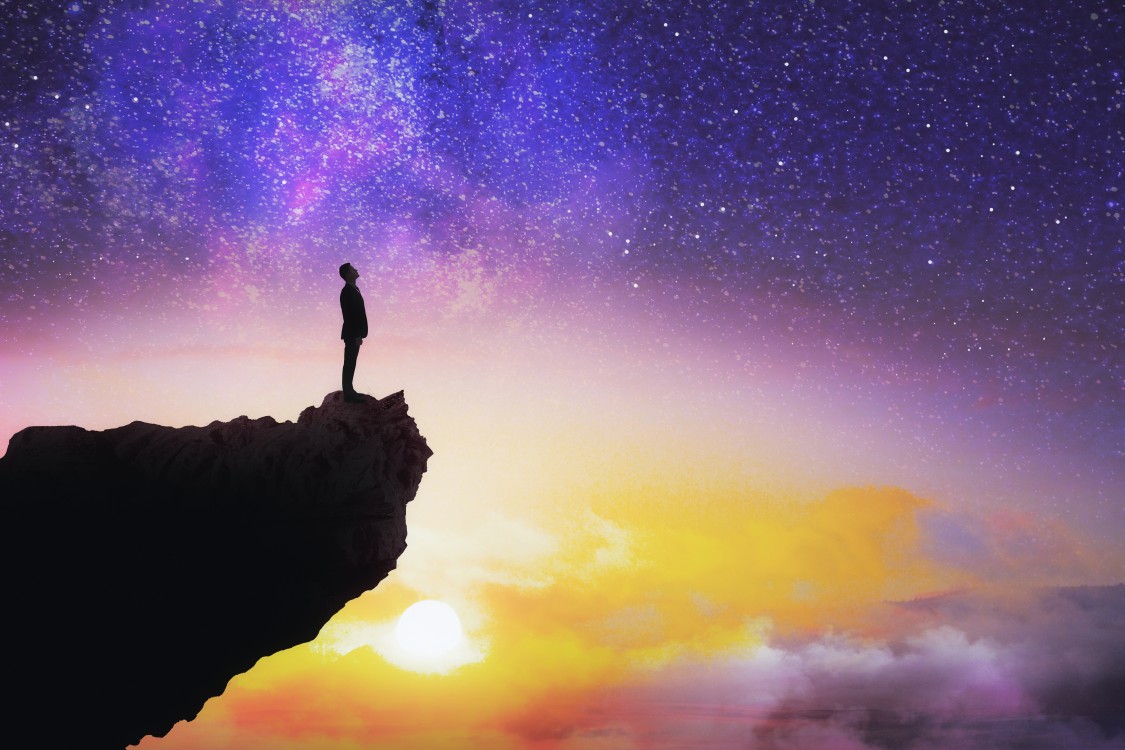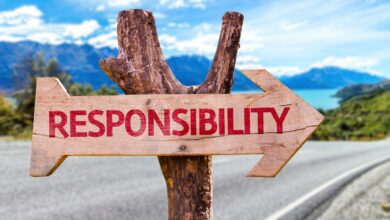June 16th, 2022, and several days thereafter offer up lovely astrological energy between the Sun in Gemini and Saturn in Aquarius. The Sun and Saturn working together in a beneficial trine aspect bring rewards for living in a manner that is responsible and accountable.
For those with a lot on their plates seeking the motivation to get things done, this energy makes it easier to set actionable plans to get moving in the direction of success. What’s best about Sun in Gemini trine Saturn in Aquarius is that those rewards for all the hard work will be seen far and wide. Now is a great time to communicate your desires and lay down a solid plan as the Sun in Gemini and Saturn in Aquarius are working together to help put the mission into motion.
With the sun currently transiting Gemini, this makes us quite talkative and social. With a pleasant aspect to Saturn in Aquarius, we may find that conversations with mature people in our larger circles could help us put our ambitions into perspective. A simple conversation with a neighbor or someone in our friend group can propel us to get beyond just talking about what we would like to do and actually create a solid plan for our ambitions and goals.
Because of the prominent air energy associated with this astrological aspect, it is to our benefit to make the most of the social interactions that we have. We never really know who could help us along our paths just by sharing our thoughts, engaging in conversation, and being open to varied other perspectives.
Rewards for Achieving Goals
With the energy of Saturn in Aquarius, when we get beyond the pleasant conversation that Sun in Gemini offers, there are rewards awaiting us for our efforts. However, it should be noted that Saturn is a slower-moving planet, so we may not see these benefits right away, but we shouldn’t let delayed gratification stop us from creating those solid plans for success.
For this reason, it is important to allow ourselves to embrace the energy of being accountable and responsible for those plans that we want to put into place. The combination of Gemini and Aquarius lightens the vibe a bit making the obligations of Saturn less heavy.
Plus, with the Sun in Gemini and Saturn in Aquarius working in harmony, our life mission (as represented by the sun) is aligned with our desire to be accountable and responsible for putting ourselves on the path of achieving our life purposes (as represented by Saturn). This is lovely energy for genuinely getting things off the ground and ultimately receiving rewards for achieving our goals over time.
Support for Getting Things Done
Whenever Saturn energy is present, blockages and limitations can create delays that keep us from getting to where we want to be. However, with the Sun in Gemini working with Saturn in Aquarius, we will find that support is readily available to help us put our plans into action.
In fact, due to the highlighted air energy, we are likely to find that the more open we are to socializing and sharing information and perspectives with others, the more likely we are to receive the support desired. The lightness and openness of the air sign energy of Gemini and Aquarius make us more open to interacting so that we can connect with people who are able to support us with our plans and ambitions.
Listening to Experience
Under the energy of the Sun in Gemini trine Saturn in Aquarius, this is an excellent time to engage with experienced, mature, wise people who are open-minded and offer alternative perspectives. Saturn represents the wise individuals who have gone through their share of trials and errors to obtain success. People in places of authority can be of great assistance to us in our own journey to reach success at this time.
The Sun in Gemini energy encourages us to connect to those in our immediate environment who could offer us wise words of wisdom to help us make actionable plans for our own missions, goals, and ambitions. In fact, the combination of Sun in Gemini trine Saturn in Aquarius could align us with people who are instrumental in helping us share our purposes and plans to a much larger audience and/or population for even more success and exposure.
The airy, beneficial interactions of Sun in Gemini and Saturn in Aquarius make it easy to embrace our ambitious nature and finally hold ourselves responsible for getting things done in our lives. Both Gemini and Aquarius want to connect, and if we are willing to allow ourselves to harness this energy, we could likely meet a number of wonderful wise individuals who will provide concrete, practical wisdom and information that will set us on our paths forward.






